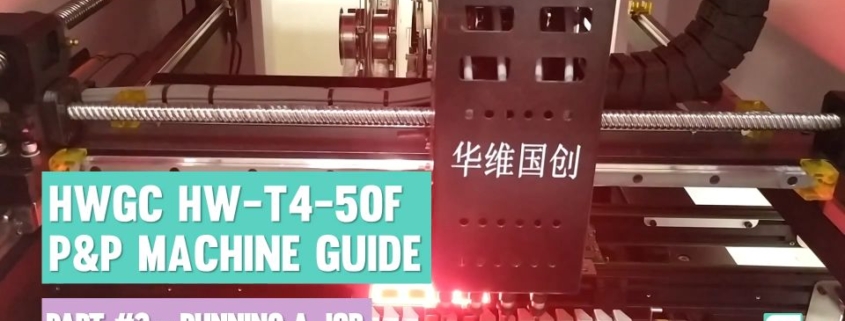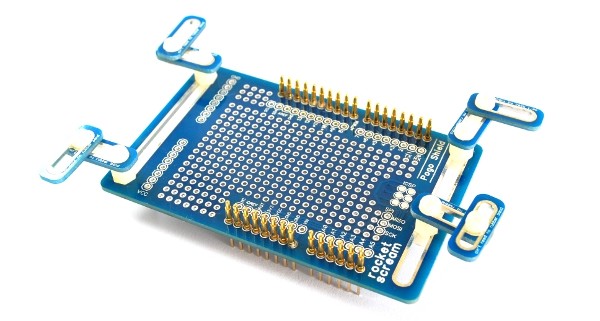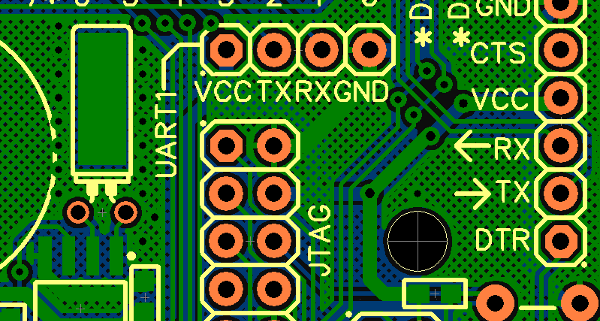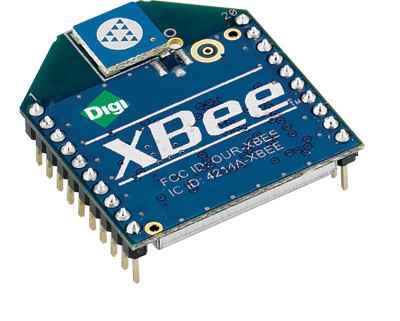We recently made a few tutorial video on how to use the HWGC HW-T4-50F pick and place machine and they are made available for viewing on YouTube. We love our pick and place machine very much but we also at the same time wished it had more detailed documentation and manual. After more than a year of using the machine, we got pretty familiar with the machine’s in and out. We felt that the machine in overall is an excellent piece of investment. We started to make boards way much faster and spent so much less time on manufacturing. The machine software is quite intuitive but has it’s own quirks and some untranslated parts. We are not going to talk a lot on this post but will allow the videos do the talking. We hope you guys find the videos helpful and if you like them, please give them a big thumbs up! If time permits, we will add a few more videos on the machine like camera & nozzle calibration and footprint library.
Take care!









